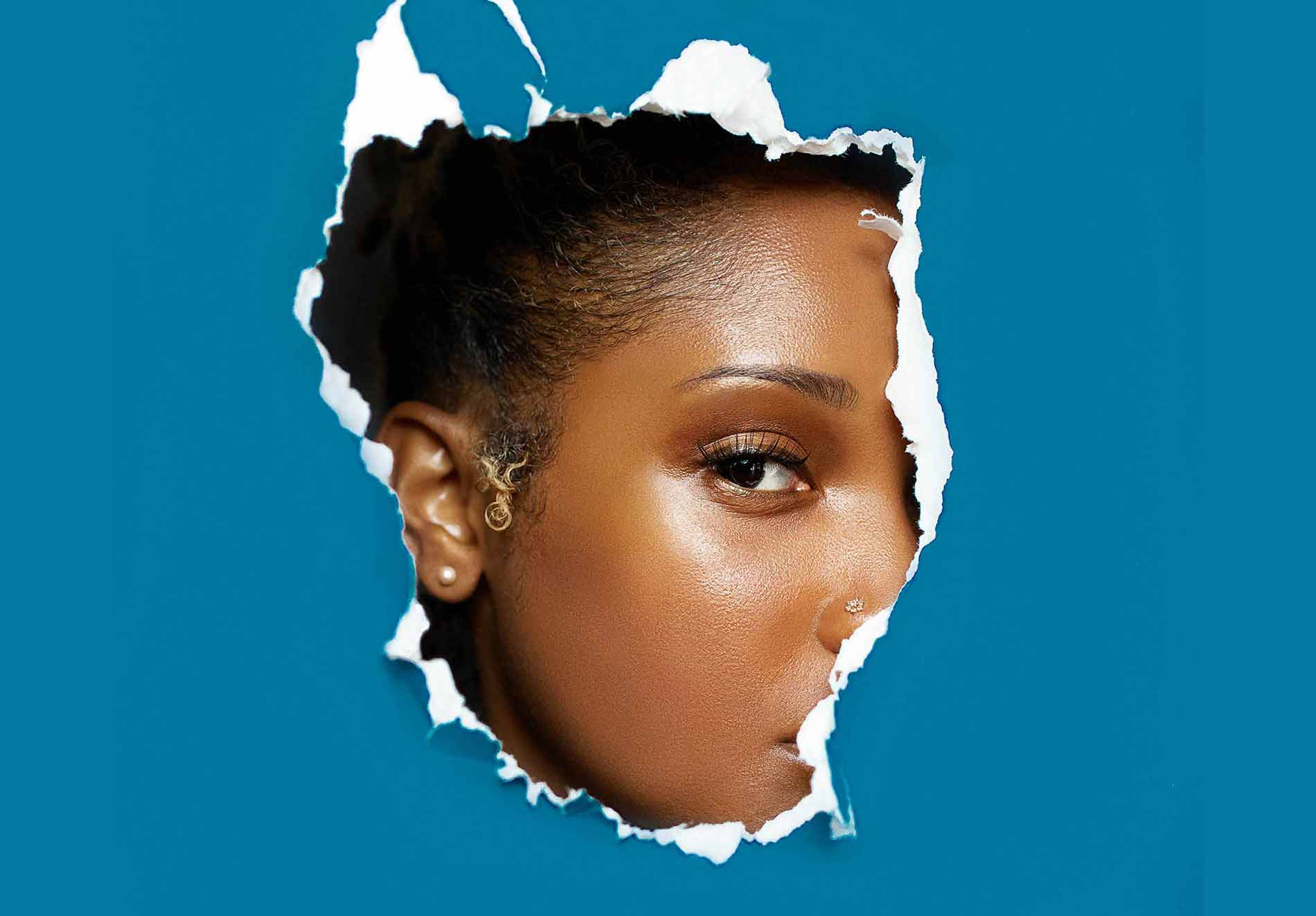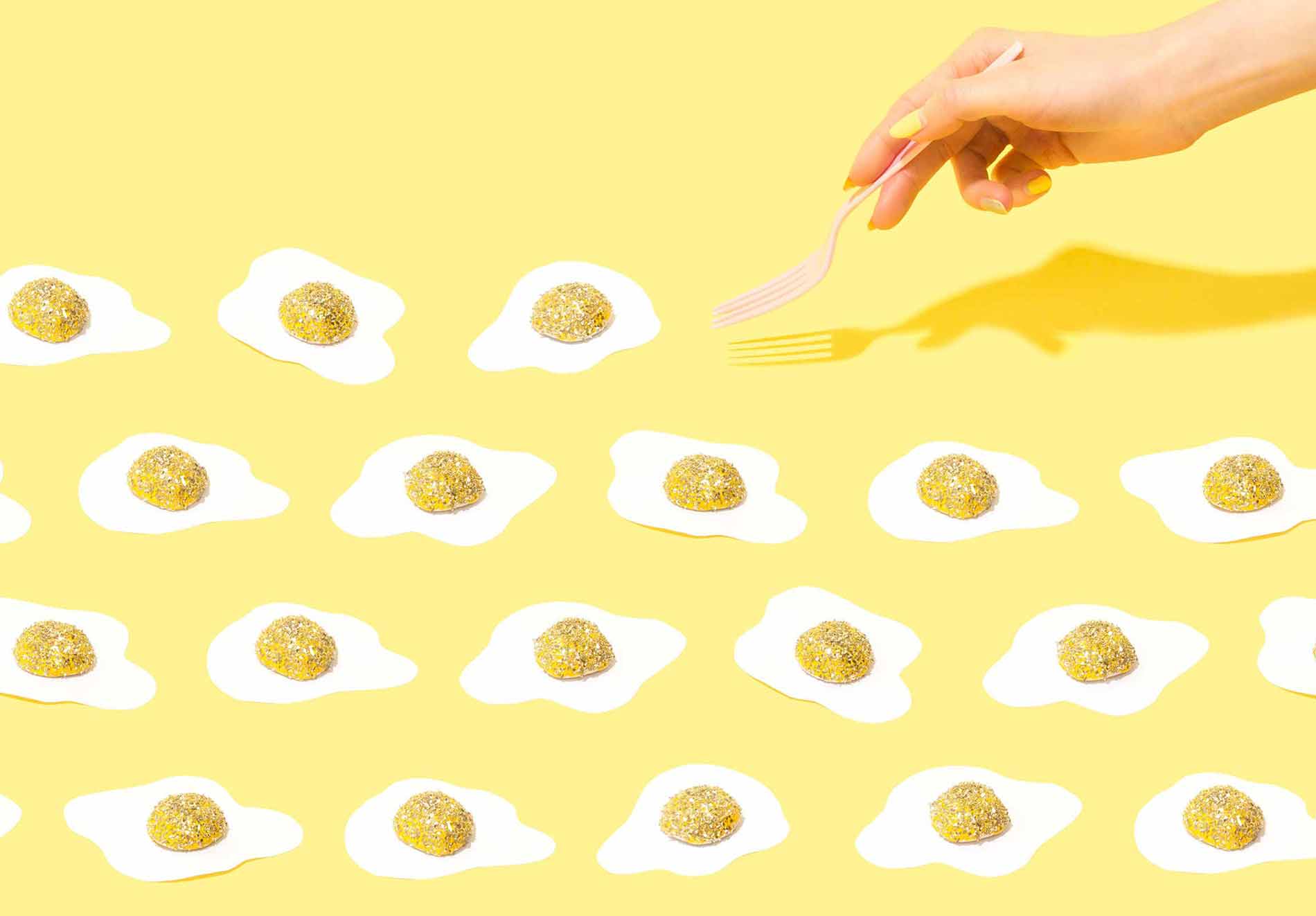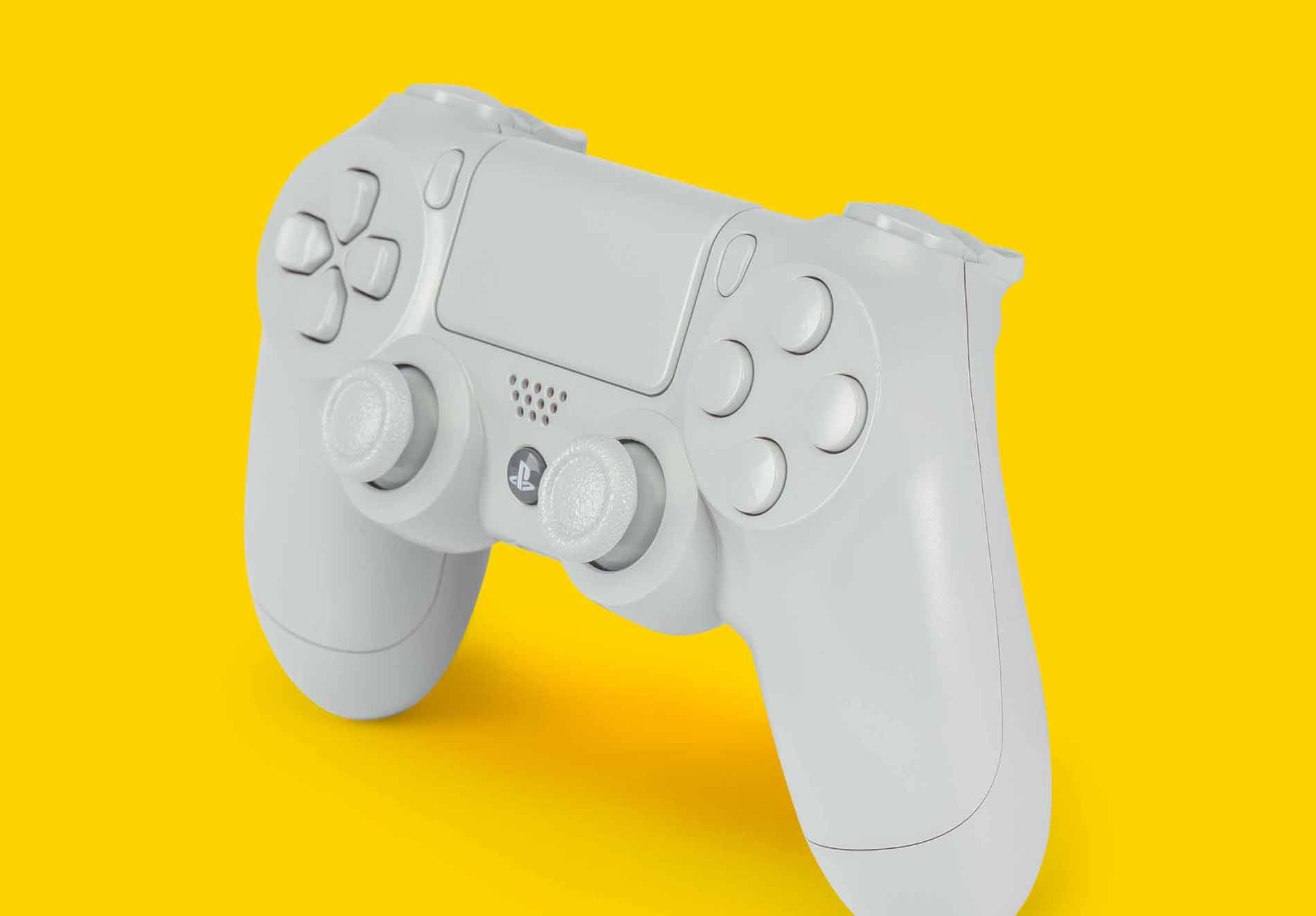Let’s have a look at our first Jazz pose. This pose is suitable for kids from about age 7 and up.

In this image you will notice that the legs are slightly turned out, but not too much. Always, make sure there is turn out. The feet should never face inwards, or be ‘pidgeon-toed.’
The dancer pops one hip out. Be careful that they don’t pop the hip backwards, which will cause them to have a sway back. Arms are up and out with ‘jazz hands.’ Jazz hands have all the fingers splayed and stretched.
Even though the arms are up, the shoulders are level and down, so that the dancer’s neck is visible. A common technique error here, especially with really young dancers is to raise the shoulders. This kind of gives the appearance of football gear, and the long line of the neck is lost. We always have to see the dancer’s beautiful long neck.

This variation of the pose has the dancer put one hand on the hip and one on the head. She is still putting the weight onto one hip, but now bends that support leg slightly and ‘pops’ the other toe onto a high ‘releve.’ (See the post on terminology for more about releve.)
Notice how from the knees down, both legs are parallel to one another. This creates one line. Dance is all about creating beautiful lines. Both feet are turned out. Shoulders are pressed down, even though one arm is still up.
The title may be deceptive. Splits don’t just happen in dance. You’ll see them in cheer, gymnastics and skating. The technique for splits remains the same regardless of the sport, and regardless if they are happening on the ground or in the air. So, lets take a look at the technical side of splits.


Front facing splits, also called ‘Russian Splits’ especially if done in a jump, should have both knees facing up.

The Contemporary genre is a rather raw form of dance that moves away form traditional rules, yet may borrow styles and poses from a wide variety of dance genres. This style portrays the world through the eyes of the dancer’s interpretation of the music.

This pose is suitable for a wide range of ages, although you will find that most contemporary dancers are in their teen. Feet are turned out. The front foot is on high releve (see dance terminology post) and both legs are bent. The back is arched, causing the arms, torso and front leg to form an S curve. Photograph this from behind and to the side of the dancer.

This pose can be done smiling at the camera, with the focus off camera of with a very serious face. All are very contemporary. Have the dancer go down on one knee with the other leg extended to the side and turned out. Fingers are extended and the elbows are bent until the upper arms are, or are very nearly parallel with the floor. This pose does not work with low cut costumes for obvious reasons, but is a great contemporary pose if the costume has a high neckline.

A fun pose that borrows from Jazz. Works well for younger dancers. One leg is crossed behind the other. Pop the heel up high on the back foot. Both legs are turned out. NEVER have the feet face inwards. Both knees are slightly bent. Arms are down and bent at apporximately 90 degrees at the elbows. Fingers splayed like this are known as ‘jazz hands.’ Big smile for Grandma.
You’ll want to know how the presentation and finishing pose for boys differs from ladies. To learn more about Presenting and Finishing and how important it is to know these terms, search for them in the library to read the post on the pose for ladies.
Look for:
- Straight legs together.
- Flat feet on the ground.
- One arm up.
- Fingers together.
- Arm parallel with the head and neck.
- Palm can be facing in or out. I have seen both.
- Second arm out horizontal or straight down, parallel to the leg.





